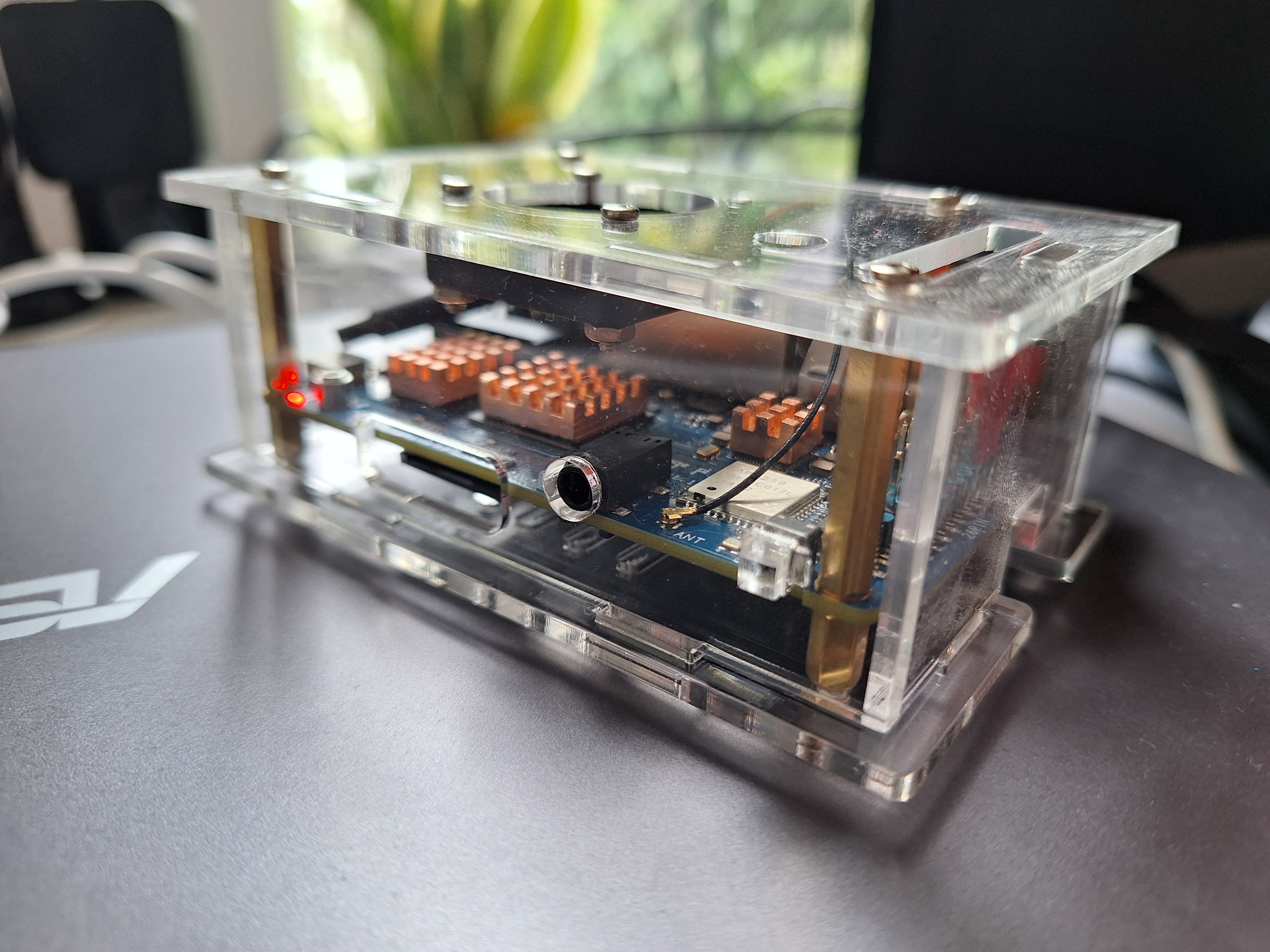OrangePi RV2 - a fun devboard

I recently purchased an OrangePi RV2, to experiment with RISC-V. I chose this board because of the support for the RVV vector instructions 1.0. On this page some notes which may be useful.
Linux
The board is provided with an Ubuntu image, which is servicable, though it uses Gnome 3 and Chrome as a browser. Using it on the commandline is snappy, using the UI and browsing the web not so much. This is probably all caused by unoptimized software, and not by the hardware itself.
I played around with using Armbian, and found that the Armbian 25.5.1 image for the Bananapi F3 boots. It does not support the built-in Gigabit Ethernet ports though. Note that the rolling release doesn't work - and building an Armbian image yourself will also result in an image that doesn't boot. Armbian doesn't seem to pay a lot of attention to reproducibility, as a board config can point to a number of remote git repositories, without pinning to a specific commit. You never know what a build will get you.
The furthest I've got is to get the ethernet ports working is an attempt to build a new Armbian image, with the MOTORCOMM_PHY as a module. I've then copied the linux-image file from build/output/debs to the SD card and installed it using dpkg. That resulted in a kernel where I could load the motorcomm module. However, the ethernet ports didn't work.
Note that a cheap $10 USB gigabit ethernet adapter was detected without problems, and this is very useful when experimenting. The adapter was reported as:
0bda:8153 Realtek Semiconductor Corp. RTL8153 Gigabit Ethernet Adapter
Firefox
Another experiment was to see if I could get Firefox running on it. This turned out to be quite simple. I added the debian sid repository to /etc/apt/sources.list:
deb https://deb.debian.org/debian/ sid main contrib non-freeThen run:
sudo apt update
sudo apt install firefoxThis should only result in Firefox and two other packages being installed.
Then make sure to remove the line from sources.list. Failing to do so will cause your system to 'upgrade' to Debian Sid, which will break it. Trust me, I've tried.
Conclusion
This is how far I got. I do think it would be possible to run a fairly vanilla Bianbu Linux kernel + a clean userland. Debian seems to have the most packages available, so that would be the best solution. Getting Armbian to work cleanly would also be great.
It seems that 'bring your own kernel' is currently very standard with those single-board computers. I guess we'll have to wait for a fully open board before this becomes as easy as installing Linux on a normal PC. So far, we should be happy that we hardware to experiment with!